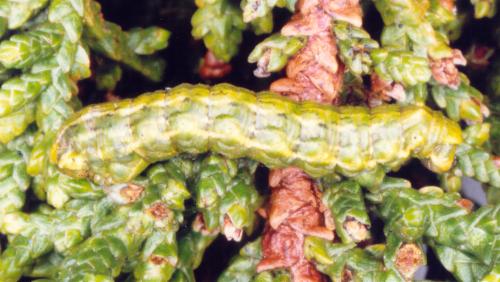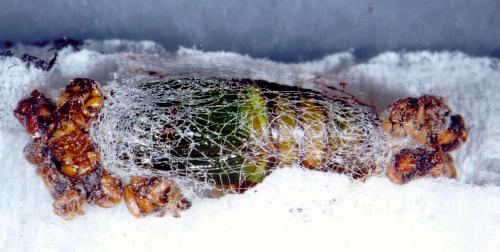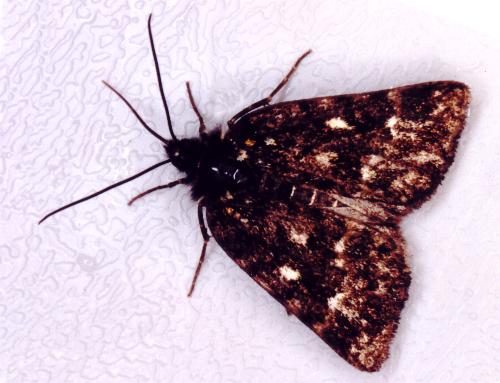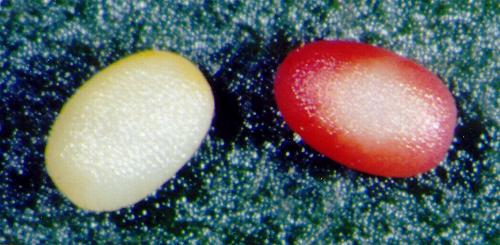
| ARCHIEARINAE, GEOMETRIDAE, GEOMETROIDEA | (donherbisonevans@yahoo.com) and Cathy Byrne & Stella Crossley |

(Photo: copyright
Catherine J. Young)

| ARCHIEARINAE, GEOMETRIDAE, GEOMETROIDEA | (donherbisonevans@yahoo.com) and Cathy Byrne & Stella Crossley |

(Photo: copyright
Catherine J. Young)
The Caterpillars of this species are green and knobbly, with a yellow dorsal line. They feed during the autumn months on the foliage of prostrate alpine conifers such as:
The pupa is initially green, and formed in a flimsy white silk cocoon to which are attached pieces of the last cast off larval skin.

The adults are diurnal, flying in the daytime in early summer. The moths are moderately small and cryptically coloured, and rather dull in colouration and appearance. It lack the flash colouration present on the hindwings of Dirce lunaris and Dirce solaris. It is similar in coloration to Dirce oriplancta.

The eggs are minutely pitted and oval. Initially they are white, and turn red as they approach hatching.

The species occurs in Tasmania. It appears to be limited in distribution to Mt. Field in southern Tasmania, although this is most likely an artifact of collection. It is sympatric with Dirce oriplancta, which is usually the dominant species.
 caterpillar |  butterflies |  Lepidoptera |  moths |  caterpillar |
(updated 21 June 2005, 18 February 2014, updated 26 August 2021)